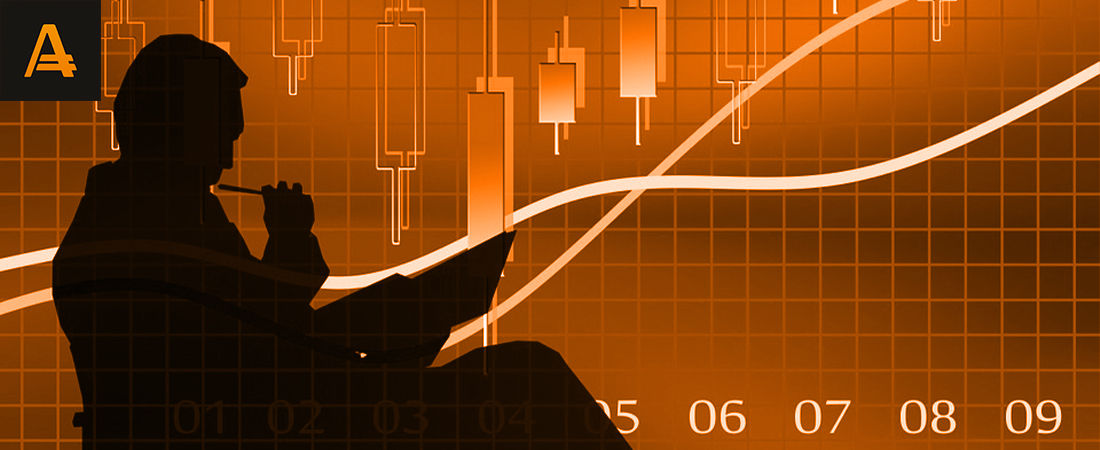Article content
Technical analysis and its applications
The most important goal of every trader is to make a profit by investing in various assets and trading instruments. Successful investors make in-depth, extensive research of the market, which generally consists of technical and fundamental analysis. Both methods display market conditions, but they approach the market from different angles. Although technical and fundamental analysis can be used independently, they can be also effectively combined.
In this series of articles, we will consider the general points of these two approaches, highlight their differences, and consider how they can be used in trading. In today’s article, we’ll take a closer look at the technical analysis, the next post will be devoted to fundamental analysis.

Technical analysis tools
- Technical analysis is used to identify the most likely scenarios and price movements in the future based on past activity. The trader examines how the price behaved earlier using multiple time frames. This approach often includes volume and cluster analysis, as well as other statistics.
- Japanese candlesticks are one of the most common tools used in technical analysis. Candlestick charts display various price movements over time, displaying the high, low, open, and closing prices of a trading instrument for a specific period. When analyzing candlestick charts, traders look at the combinations of candles, their order and their interaction with each other.
- The only difficulty here is that there are dozens of such chart patterns. Remembering all of them and being able to identify them the chart may be tricky even for seasoned traders, not to mention beginners.
- Technical analysis tools include indicators and oscillators. An indicator is a program configured according to a set of parameters. It averages the price activity for a certain period which allows traders to forecast the further movement of an asset in the future. The Moving average is a classic example of a technical indicator.
- Oscillators are used when a trading instrument moves in a narrow range, showing no signs of a definite trend. Oscillators help the trader determine the asset’s oversold and overbought zones. The most popular oscillators are RSI, MACD and Stochastic.
- Traders apply technical analysis tools to identify the right points to enter and exit the financial market. To do this, they can use signals of a single indicator or a combination of indicators. For example, MACD and RSI are often used in conjunction. MACD helps traders spot the changes in overall market sentiment, while RSI is used to search for a specific entry point.
Technical analysis for anyone
Having learned a couple of simple indicators, make sure to test them on a demo account first. Trade for several months to see if the indicator performs as planned.
Technical analysis is far from perfect and it does not guarantee a 100% gain. Indicators often provide false signals, so there is no perfect indicator, based on which one could make accurate market forecasts. Some technical analysis tools work well during a strong trend, others when the market moves sideways. Some perform better on smaller time frames, others on news releases. The best thing to do is to put indicators from different indicators together, so that they complement each other, thus creating your own trading system. Knowing which indicator to use and when is a very important part of your trading, that can improve your performance.
If you like our articles, follow us on Facebook and Instagram. Stay tuned for more interesting posts on our blog. We post new material several times a week.






